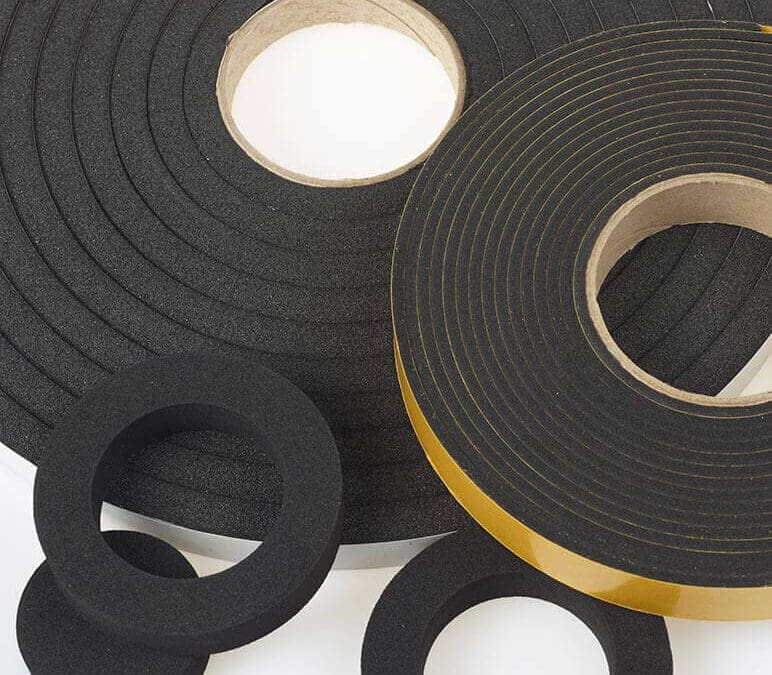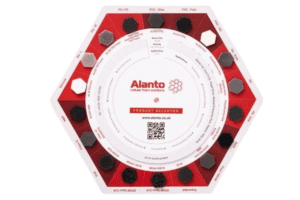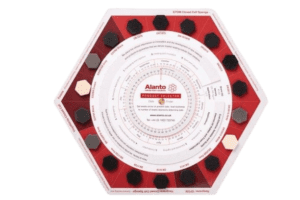Are you choosing between Neoprene and Polyurethane? Read about the qualities of both in today’s post.
Neoprene vs Polyurethane: Which One to Choose | Alanto
Polyurethane is composed of multiple, or “poly,” urethane units that are bonded by a chemical reaction called polymerisation. This turns the malleable material into one that is firm and rigid.
Neoprene is also produced by polymerisation, but this time from the compound chloroprene.
Is Polyurethane expensive when compared to Neoprene?
How much Polyurethane and Neoprene cost will of course depend on your application. Polyurethane material in its solid format has high abrasion resistance and will withstand some harsh chemical environments. This is particularly true when contact with oil or petroleum-based materials is required. Therefore, Polyurethane will have superior performance characteristics vs Neoprene in these environments. It will, however, prove to be extremely expensive in comparison to Neoprene.
Applications of Neoprene and Polyurethane
Neoprene has suitable qualities and attributes in applications requiring good resistance to:
- Oils
- Chemicals
- Hydrocarbons
- Solvents
Polyurethane is highly robust in its expanded or Foam format. This makes it ideal for use in the Furniture and Automotive markets for use in seating and cushioning applications.
Neoprene properties and uses
Polyurethane materials have good resistance to temperature in hot or cold extremes. In some cases they can withstand a temperature range of -45°C to 150°C, although in most cases a temperature of 105°C is the recommended upper limit.
Neoprene Foams are only manufactured in closed cell format to provide sealing properties in applications which Polyurethane Foams cannot offer.
Neoprene manufacturers
So, now you know the differences between the two! Should you require any more information when deciding between Neoprene and Polyurethane products.
Do not hesitate in contacting us on +44 (0)1922 723740.
We’ll be happy to help with your Polyurethane open cell Foam requirements and your Neoprene closed cell sponge needs.
In addition, Neoprene can be blended with a range of materials including the popular polymer, EPDM.


